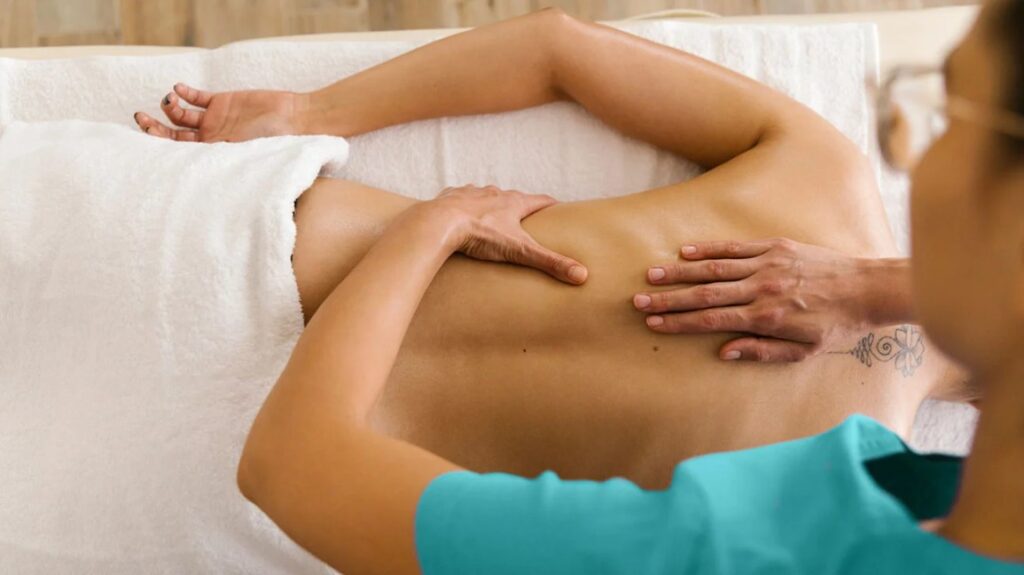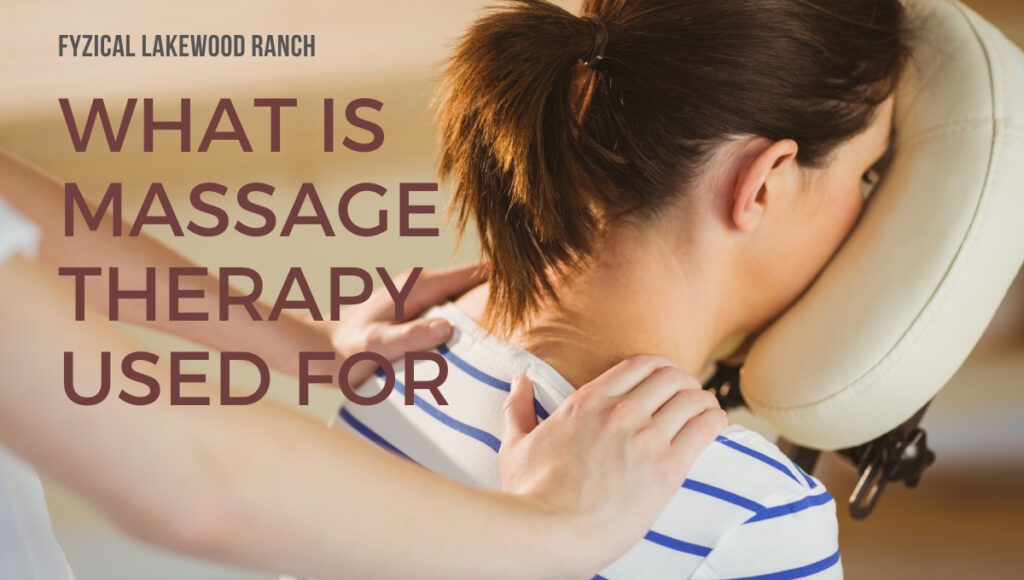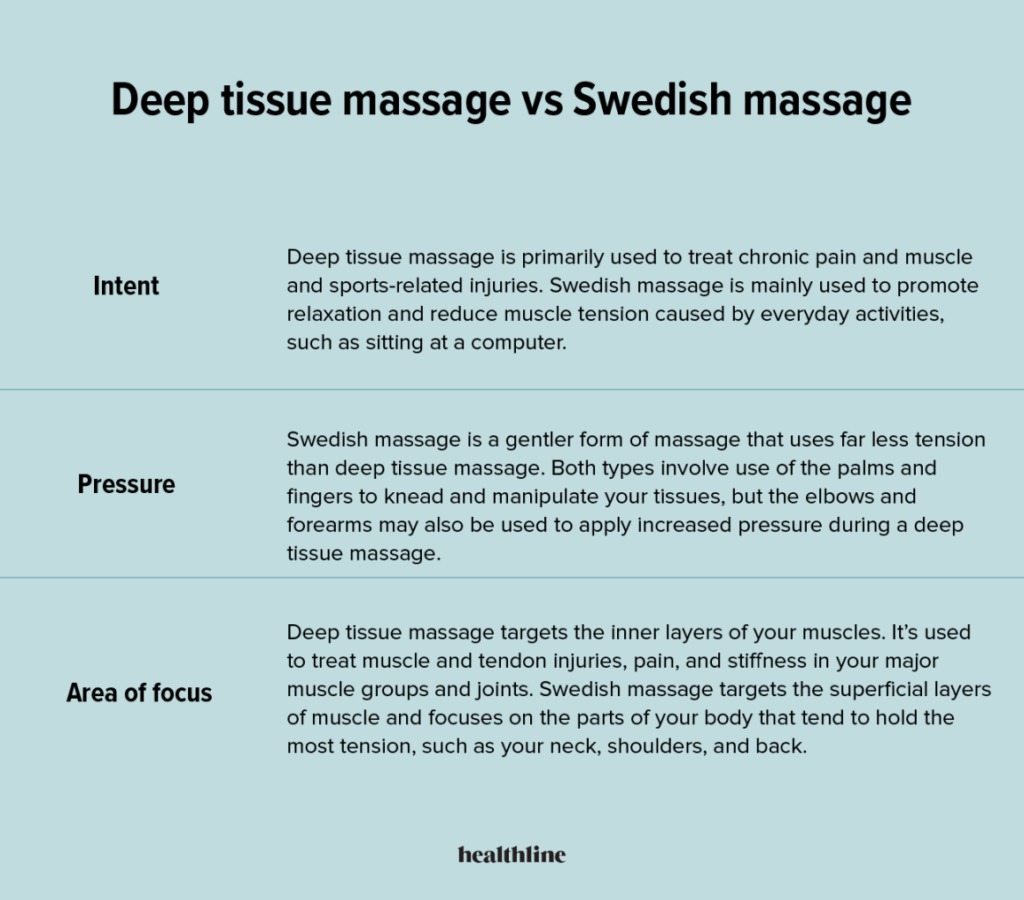Have you ever wondered about the numerous benefits of massage therapy? In this article, we will explore the various uses and applications of this ancient practice. From easing muscle tension to reducing stress and anxiety, massage therapy has become a popular and effective method for both physical and mental well-being. Whether you seek relief from chronic pain or simply desire some relaxation, discover how massage therapy can be a transformative experience for your body and mind.

This image is property of i0.wp.com.
Promotes relaxation and stress relief
Massage therapy is widely known for its ability to promote relaxation and provide stress relief. The gentle kneading and rhythmic strokes of a massage can help calm your nervous system, slow down your heart rate, and soothe your mind. By reducing the levels of stress hormones in your body, such as cortisol and adrenaline, massage therapy allows you to enter a state of deep relaxation. This can not only enhance your overall well-being but also help alleviate symptoms of anxiety and depression.
Techniques for relaxation and stress relief
There are different techniques in massage therapy that specifically target relaxation and stress relief. One popular technique is Swedish massage, which involves long, flowing strokes and gentle kneading to relax the muscles and promote a sense of tranquility. Another technique is aromatherapy massage, where essential oils are added to the massage oil or lotion to enhance relaxation and evoke a sense of calmness. The soothing scents of oils like lavender, chamomile, and ylang-ylang can further enhance the overall relaxation experience during your massage session.
Reduces muscle tension and pain
Muscle tension and pain can greatly impact your daily life, making simple tasks seem daunting and uncomfortable. Fortunately, massage therapy can help alleviate these issues by targeting the source of the pain and tension. Through various techniques, such as deep tissue massage, trigger point therapy, and myofascial release, massage therapists can effectively loosen tight muscles, release knots, and reduce pain.
Techniques for reducing muscle tension and pain
Deep tissue massage is a technique that focuses on reaching the deeper layers of muscle and connective tissue. By applying firm pressure and slow strokes, the massage therapist can release chronic muscle tension and break up adhesions. Trigger point therapy, on the other hand, targets specific points within the muscle that are causing pain and discomfort. By applying direct pressure to these trigger points, the therapist can help relieve pain and restore proper muscle function. Myofascial release is a technique that targets the fascia, the thin layer of connective tissue that covers your muscles and organs. With gentle stretching and sustained pressure, this technique aims to release tension and restore mobility.
Improves blood circulation
Good blood circulation is crucial for overall health and well-being. Massage therapy can help improve your blood circulation by encouraging the movement of blood through the body’s tissues. Through the manipulation of soft tissues, such as muscles and fascia, massage therapists can enhance blood flow and oxygen delivery to various parts of the body.
Techniques for improving blood circulation
One technique commonly used to improve blood circulation is effleurage, which involves long, sweeping strokes that move towards the heart. These movements help stimulate blood flow and lymphatic drainage, reducing swelling and promoting the removal of waste products from your tissues. Another technique, known as petrissage, involves kneading and squeezing the muscles. This action helps enhance blood circulation by mechanically compressing and releasing blood vessels.
Enhances athletic performance and injury prevention
Whether you’re a professional athlete or a weekend warrior, massage therapy can play a crucial role in enhancing your athletic performance and preventing injuries. Regular massages can help increase flexibility, improve range of motion, and enhance muscle recovery. By addressing imbalances and tension in the body, massage therapy can also help prevent injuries caused by overuse or poor biomechanics.
Techniques for enhancing athletic performance and injury prevention
Sports massage is a specific technique that focuses on addressing the unique needs of athletes. It typically involves a combination of techniques, including deep tissue massage, stretching, and joint mobilization. Sports massage can be tailored to an athlete’s specific sport and training regimen, targeting areas of tension and helping to optimize performance. Additionally, pre-event sports massage can be used to warm up the muscles and prepare the body for intense physical activity, while post-event massage can aid in muscle recovery and reduce post-exercise soreness.

This image is property of procarephysiotherapy.com.
Aids in post-injury rehabilitation
If you’ve experienced a sports injury or any other type of injury, massage therapy can be a valuable addition to your rehabilitation program. In conjunction with other treatments, such as physical therapy and medical interventions, massage therapy can help speed up the healing process, reduce scar tissue, and restore range of motion.
Techniques for post-injury rehabilitation
Depending on the specific injury and its stage of healing, various massage techniques can be beneficial in supporting post-injury rehabilitation. Gentle techniques, such as lymphatic drainage or light effleurage, can help reduce swelling and promote circulation during the acute phase of an injury. As the injury progresses into the subacute and chronic stages, more specific techniques like cross-fiber friction, stretching, and myofascial release can be used to break up scar tissue, release muscle restrictions, and restore proper function.
Promotes better sleep
In today’s fast-paced and often stressful world, getting a good night’s sleep can be a challenge. Massage therapy can be a natural and effective way to promote better sleep quality. By reducing stress, releasing tension, and promoting relaxation, massage can help calm both the body and mind, making it easier to fall asleep and stay asleep throughout the night.
Techniques for promoting better sleep
To promote better sleep, massage therapists can use techniques specifically designed to induce relaxation and prepare the body for sleep. Gentle, rhythmic strokes and slow, deep pressure can help calm the nervous system and initiate a relaxation response. Additionally, incorporating aromatherapy into the massage session with essential oils known for their calming properties, such as lavender or chamomile, can further enhance the sleep-inducing effects of the massage.

This image is property of www.fyzical.com.
Alleviates headaches and migraines
Headaches and migraines can be debilitating, affecting your ability to work, socialize, and enjoy life. Massage therapy can provide relief from these painful conditions by targeting the muscles and structures involved in the headache or migraine.
Techniques for alleviating headaches and migraines
One technique commonly used to alleviate headaches and migraines is neuromuscular therapy, which focuses on releasing trigger points and muscle tension that could be contributing to the pain. The massage therapist will apply specific pressure and work on the affected areas to help alleviate the headache symptoms. Scalp massage and craniosacral therapy are also techniques that can be effective in relieving tension and promoting relaxation in the head and neck area, potentially reducing headache frequency and intensity.
Reduces anxiety and depression symptoms
Anxiety and depression are common mental health concerns that can greatly impact your quality of life. Massage therapy can be a valuable complementary treatment in managing these conditions by helping to reduce anxiety, alleviate depressive symptoms, and promote an overall sense of well-being.
Techniques for reducing anxiety and depression symptoms
Massage techniques that focus on relaxation and stress relief, such as Swedish massage or aromatherapy massage, can be particularly beneficial in reducing anxiety and depression symptoms. The calming and soothing effects of these techniques can help decrease the production of stress hormones and increase the release of feel-good neurotransmitters like serotonin and dopamine. By incorporating a regular massage therapy into your self-care routine, you can take an active role in managing your anxiety and depression symptoms.

This image is property of i0.wp.com.
Boosts immune system
Maintaining a healthy immune system is vital for staying well and preventing illnesses. Massage therapy can play a role in boosting your immune function by stimulating the body’s natural defense mechanisms and reducing the negative impact of chronic stress on the immune system.
Techniques for boosting the immune system
While there isn’t a specific massage technique solely dedicated to boosting the immune system, any form of massage that promotes relaxation and stress reduction can have a positive effect on immunity. By reducing stress hormones and inducing the relaxation response, massage therapy can help the body’s immune system function more efficiently. Regular massages and self-care practices that prioritize relaxation and stress relief can contribute to a stronger immune system.
Relieves symptoms of certain health conditions
In addition to its well-known benefits for relaxation and physical well-being, massage therapy can also provide relief for symptoms associated with certain health conditions. While massage therapy should not replace medical treatment, it can be used as a complementary therapy to alleviate symptoms and improve overall quality of life.
Examples of health conditions that massage therapy can help with
Massage therapy has been shown to be beneficial for a variety of health conditions. For example, individuals with fibromyalgia often experience chronic pain and muscle stiffness, and massage therapy can provide relief by reducing pain sensitivity and improving range of motion. Patients with osteoarthritis may benefit from massage to reduce joint pain and increase mobility. Individuals with cancer may find comfort in massage therapy during their treatment journey, as it can help reduce anxiety, alleviate pain, and improve well-being. It’s important to consult with your healthcare provider to determine if massage therapy is appropriate for your specific health condition and to discuss any potential risks or contraindications.
In conclusion, massage therapy offers a wide range of benefits that promote relaxation, reduce muscle tension and pain, improve blood circulation, enhance athletic performance, aid in post-injury rehabilitation, promote better sleep, alleviate headaches and migraines, reduce anxiety and depression symptoms, boost the immune system, and provide relief for various health conditions. Whether you’re seeking stress relief, recovering from an injury, or managing a chronic health condition, incorporating regular massage therapy sessions into your self-care routine can contribute to your overall well-being and quality of life. So why not treat yourself to a massage and experience the numerous benefits it has to offer? Your body and mind will thank you!

This image is property of www.pacificcollege.edu.
